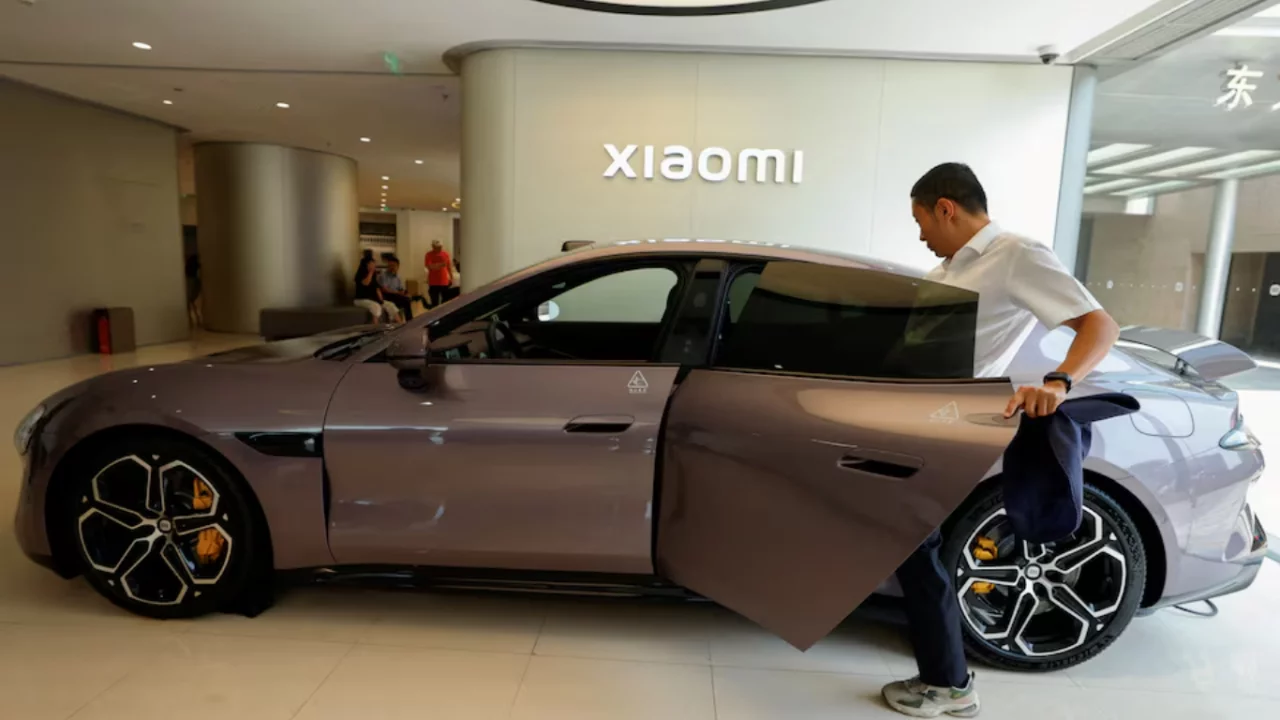
As China’s auto industry leads global competitors in the field of Advanced Driver Assistance Systems (ADAS), authorities are urging developers to implement innovations quickly, while also stressing the importance of safety.
This week, Chinese officials are finalizing new safety regulations. These standards aim to prevent car manufacturers from excessively exaggerating ADAS capabilities in advertising. The urgency follows a March accident involving Xiaomi’s SU7 electric vehicle, in which three people lost their lives. The crash occurred just seconds after the driver switched from autonomous to manual control.
The new regulations focus especially on hardware and software that monitor the driver’s alertness and readiness to take control. Leading Chinese companies like Dongfeng and Huawei are participating in the development of these documents.
China’s automotive industry, unlike that of the U.S. and Europe, has chosen a “move fast but cautiously” approach. This strategy is based on the principle introduced by former leader Deng Xiaoping — “crossing the river by feeling the stones,” meaning to cautiously test uncertain technologies.
Currently, only Level 2 systems — which allow the vehicle to automatically steer, stop, and accelerate but still require full driver supervision — are permitted in China. Therefore, using terms like “smart” or “autonomous” in advertisements is prohibited.
However, the government aims to introduce Level 3 autonomous systems, which would allow drivers to take their eyes off the road in certain conditions. State-owned company Changan was preparing to test such a system, but plans were temporarily halted due to the Xiaomi incident. Reports indicate that testing could resume by the end of 2025, and the first Level 3 vehicle could be approved in 2026.
Today, over 60% of new cars produced in China come equipped with Level 2 functions. For example, BYD offers its ADAS system called “God’s Eye” for free on all its models, helping to popularize innovation in the market.
Huawei has presented a Level 3 system that has undergone 600 million kilometers of simulated testing, while Geely’s Zeekr brand announced readiness to begin production of an SUV model with Level 3 functionality in the third quarter of this year. Meanwhile, Western companies — such as Mercedes-Benz and Volkswagen — are developing advanced systems but remain cautious about accepting legal and financial responsibility for Level 3 technologies.
Mercedes-Benz CTO Markus Schäfer acknowledged that ensuring the safety of these systems requires additional costs. “It’s a constantly moving target,” he said. Read “Zamin” on Telegram!
Ctrl
Enter
Found a mistake?
Select the phrase and press Ctrl+Enter Related news
Information
Users of Меҳмон are not allowed to comment this publication.
Users of Меҳмон are not allowed to comment this publication.













